Whether you’re a person looking to get out on the water, an organization with lake-going guests or somewhere in between, staying safe on the water is everyone’s responsibility. Here’s what you need to know about water recreation and safety on the Highland Lakes and along the lower Colorado River.
Swim safely
Boat responsibly
Downloads
Water safety signs, graphics and more
Be aware

Lakes aren’t swimming pools.
The bottom of a lake is uneven and sudden drop-offs are common.
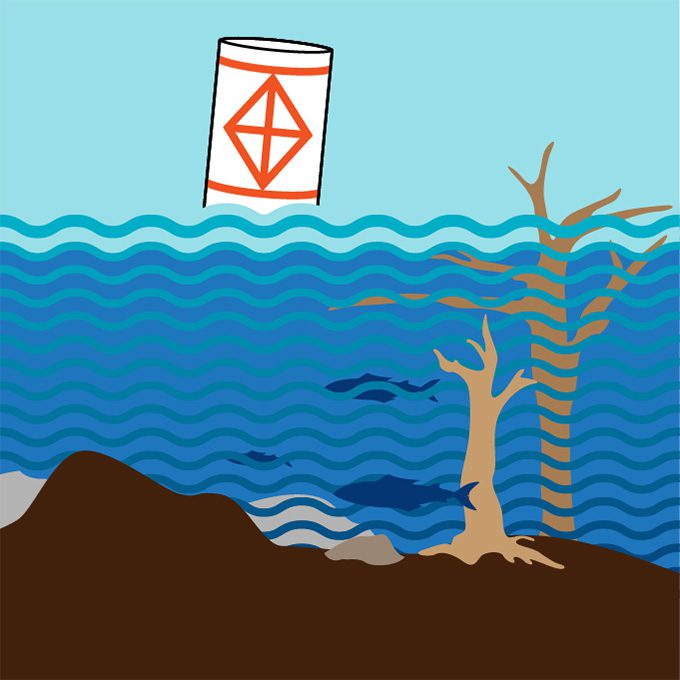
Know the hazards.
Keep in mind the lakes may look different each time you visit. Watch for buoys, channel markers and objects below the surface of the water, such as debris, trees, rocks and other items.
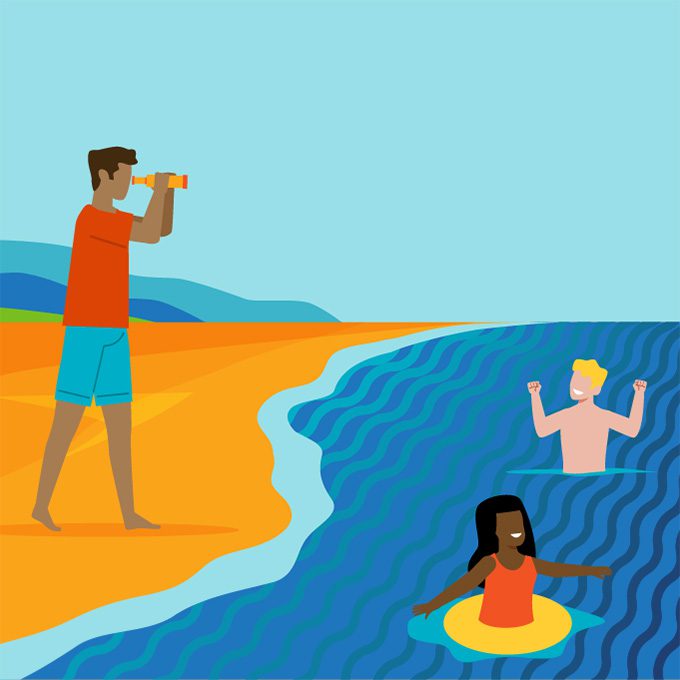
Watch out for one another in and around the water.
It only takes a second for someone to find themselves in trouble.
Save a life

Recognize the signs of someone in trouble.

Provide flotation.

Rescue and remove the person from the water without putting yourself in danger.

Provide emergency care and seek medical services, if needed.
Swim safely
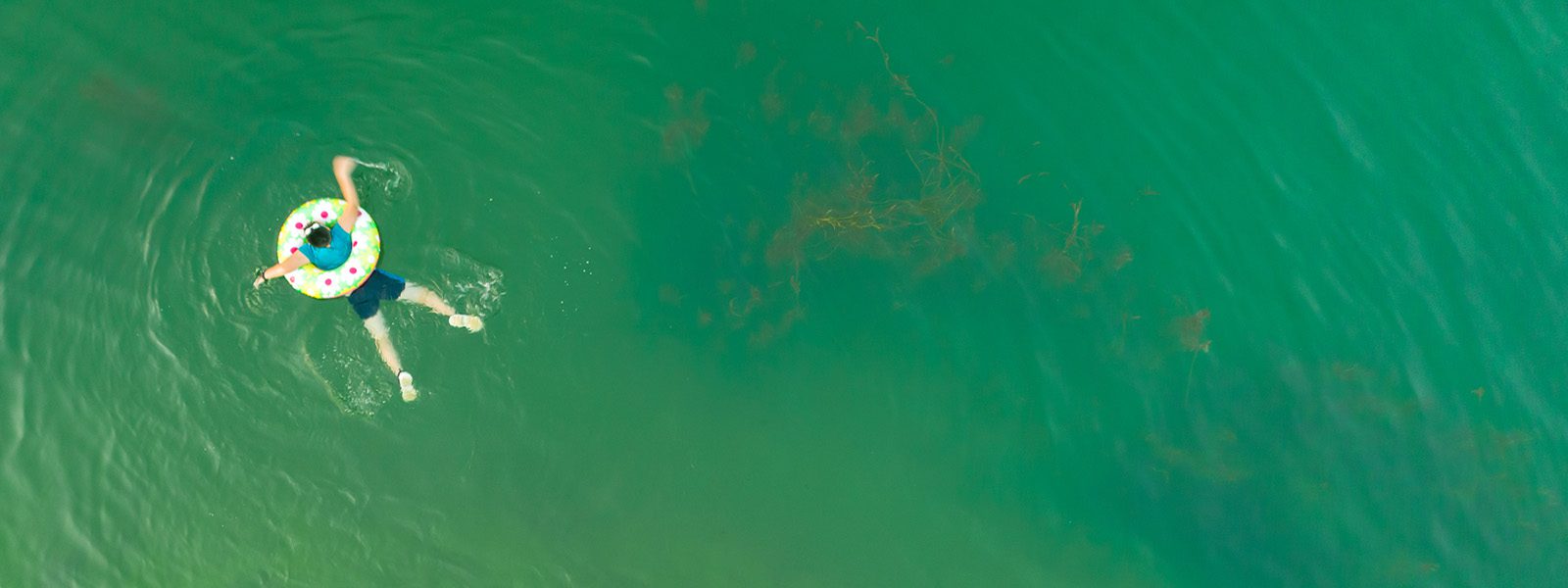
- Never swim alone.
- Stay hydrated.
- Know when to call it quits. The distance from one object to another can be misleading.
- The best lifejacket is the one you will wear. Find the U.S. Coast Guard-approved life jacket that works for you.
- Swim in designated areas. LCRA Land and Water Use Regulations prohibit swimming within 50 feet of any public boat ramp on the Highland Lakes.
- Swimming in a river or lake is always a risk. Unlike swimming pools, natural water bodies are not chlorinated or disinfected. Swimmers in the Highland Lakes should cover their noses when jumping into the water to reduce potential exposure to the Naegleria fowleri amoeba. For more information about primary amoebic meningoencephalitis (PAM), see the Texas Department of State Health Services Primary Amebic Meningoencephalitis FAQs or the Centers for Disease Control Naegleria fowleri webpage.
Boat responsibly
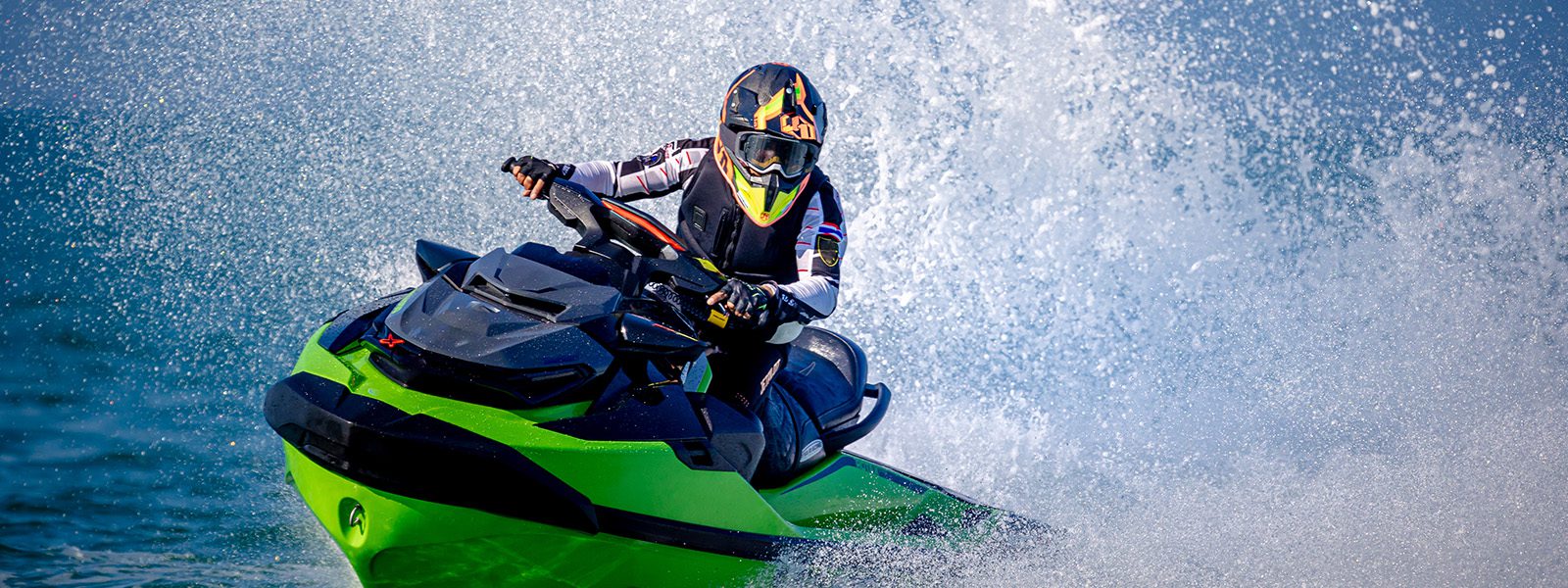
- Never boat alone.
- Wear a life jacket. Find the U.S. Coast Guard-approved life jacket that works for you.
- Know the rules, before you visit the lake. Get familiar with the Texas Water Safety Act and LCRA Land and Water Use Regulations. The water safety act includes statewide rules regarding boater education, life jackets and boat operation. The LCRA regulations include limits on boat speed and noise levels on the Highland Lakes.
Check the status of your favorite boat ramps on the Highland Lakes and lakes Bastrop and Fayette. If you are using an unfamiliar ramp, watch for trees, rocks and sudden drop-offs.
Buoys and markers
Buoys and markers are water traffic signs offering direction and information. They also help identify dangerous areas and restricted zones.
Mile or channel markers are installed on the main channel of the Colorado River on lakes Buchanan, LBJ and Travis. The river channel is not marked on other Highland Lakes. Mile or channel markers are sequentially numbered starting at the dam and are spaced about a mile apart.
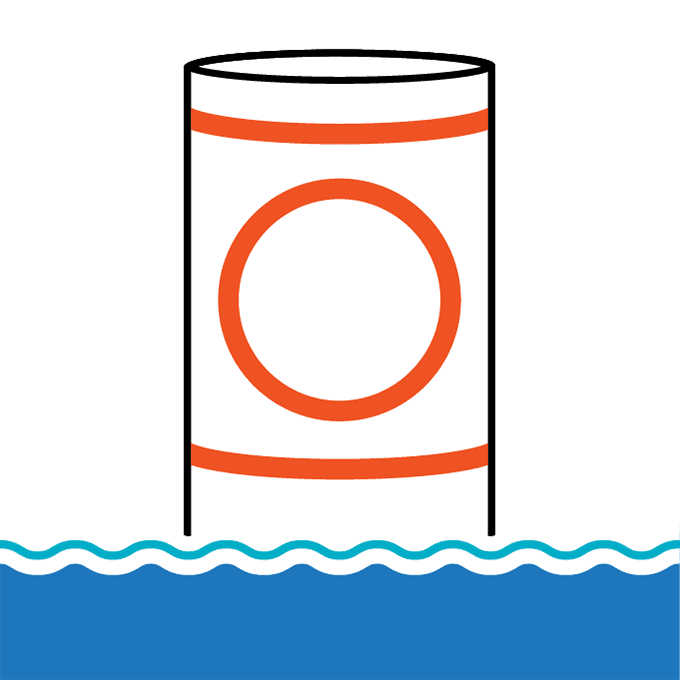
Controlled area
No fishing, no anchoring. There may be water-skiers. Slow down so as to not create a wake.
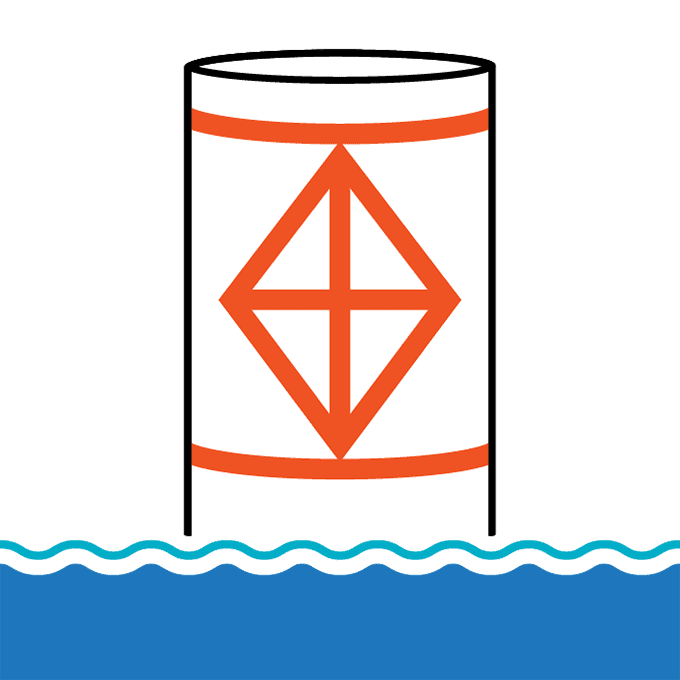
Boaters keep out!
Written description of danger may be displayed outside the crossed diamond, e.g., dam, water intake, swim area or rapids.
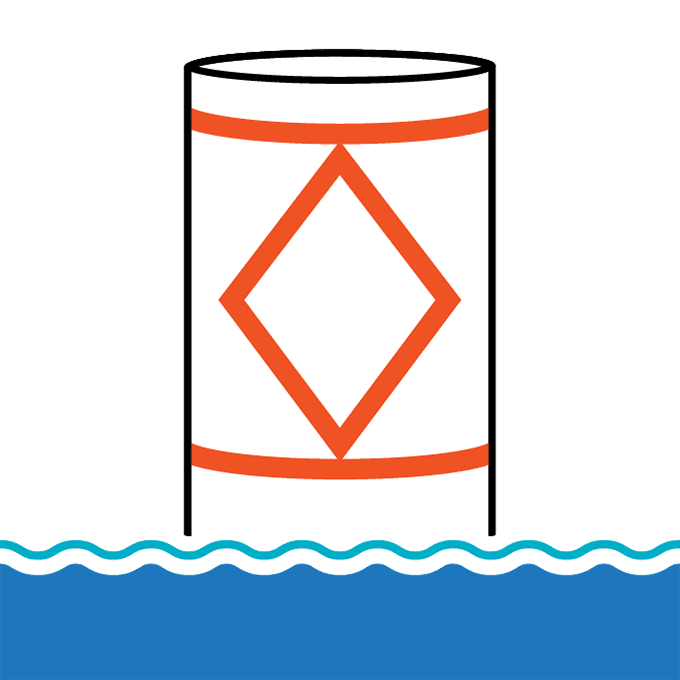
Danger!
Written description of danger may be displayed outside the diamond shape, e.g., rocks, stumps, hazards or shallow areas.

Green “can”-shaped buoy
Facing upstream, these green buoys are on the left of the channel. They have odd numbers and may have a green light on top.
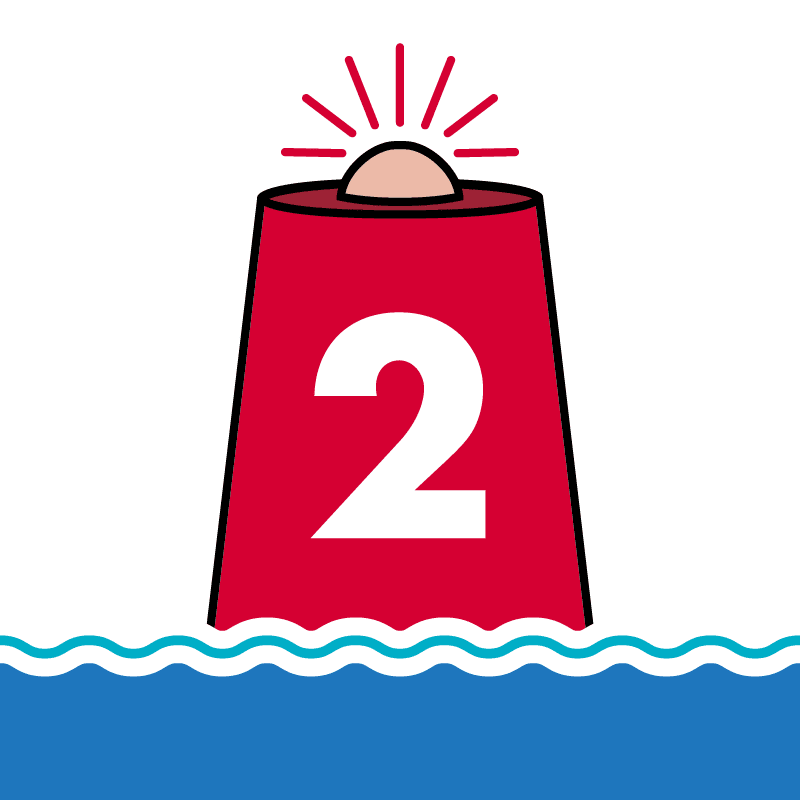
Red “nun’s cap”-shaped buoy
Facing upstream, these buoys are on the right of the channel. They have even numbers and may have a red light on top.
Downloads
View our guide on editing and printing your own Be LakeWise materials.
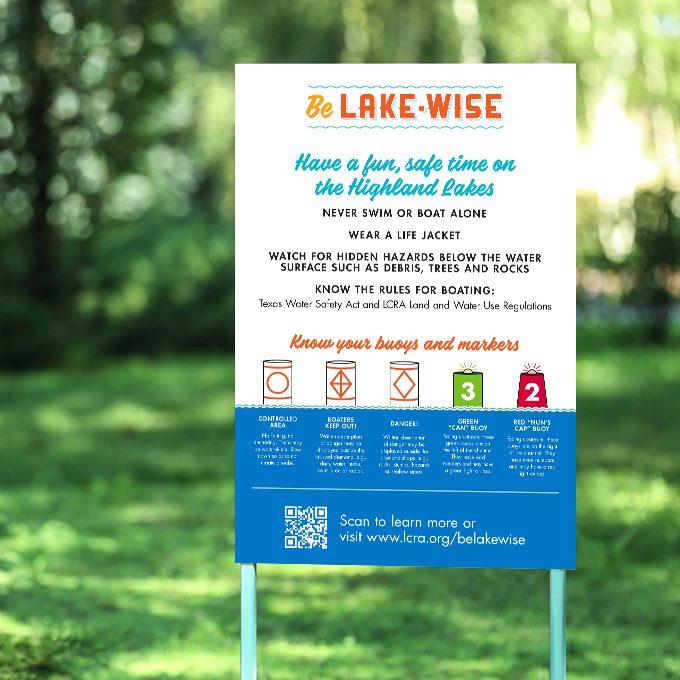
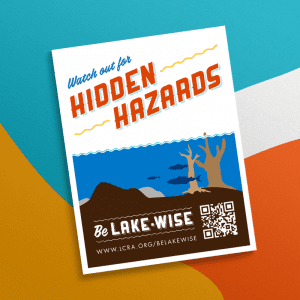
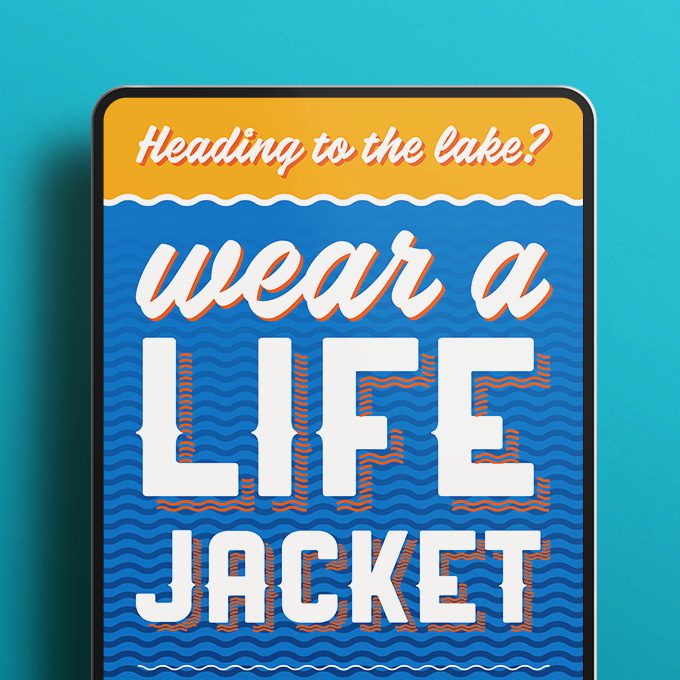
Digital
For use in email, websites & social media
Social Graphics
Stay hydrated (.zip)
Know when to call it quits (.zip)
Be the life of the party boat (.zip)
Be LakeWise (.zip)
Hidden hazards (.zip)
Never swim alone (.zip)


Social Media